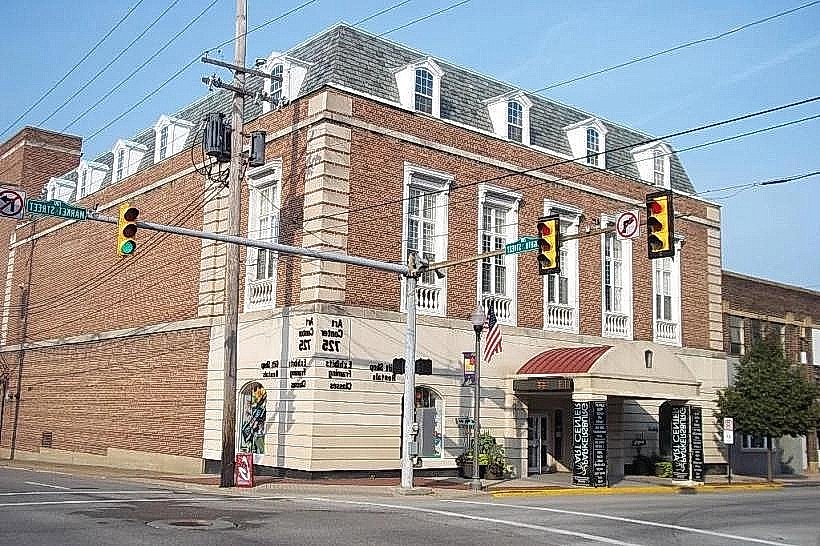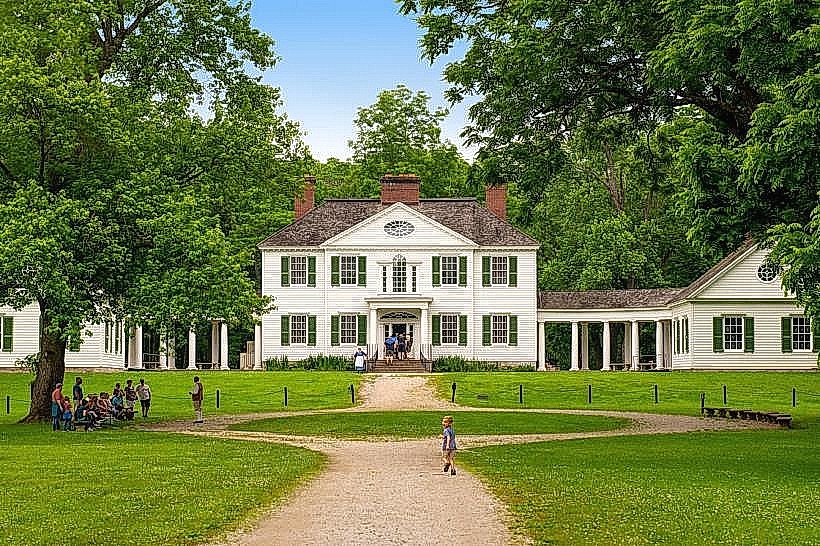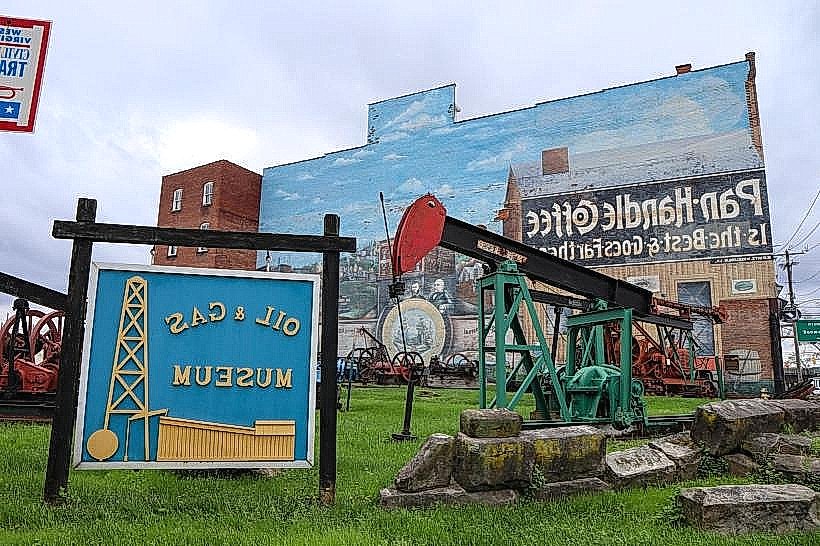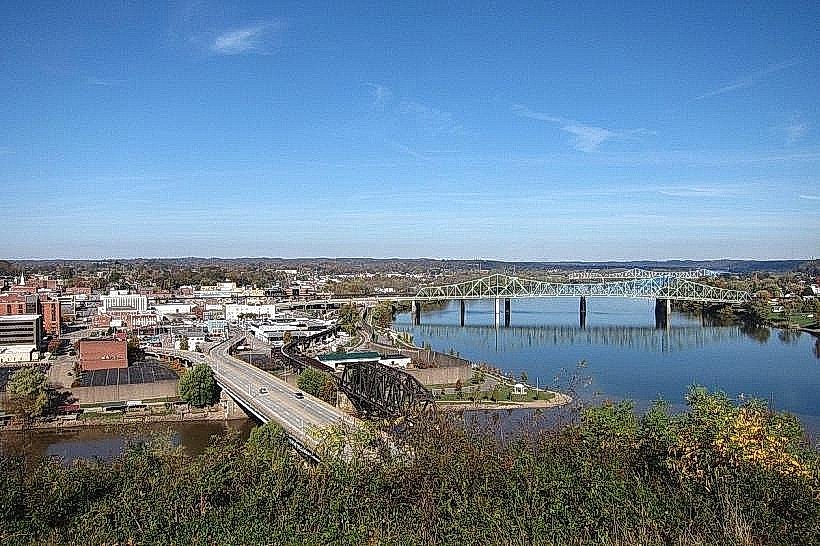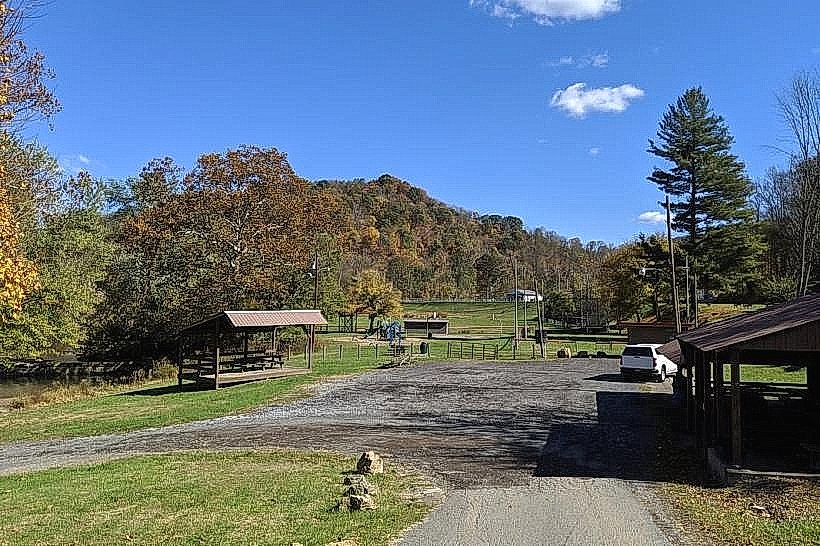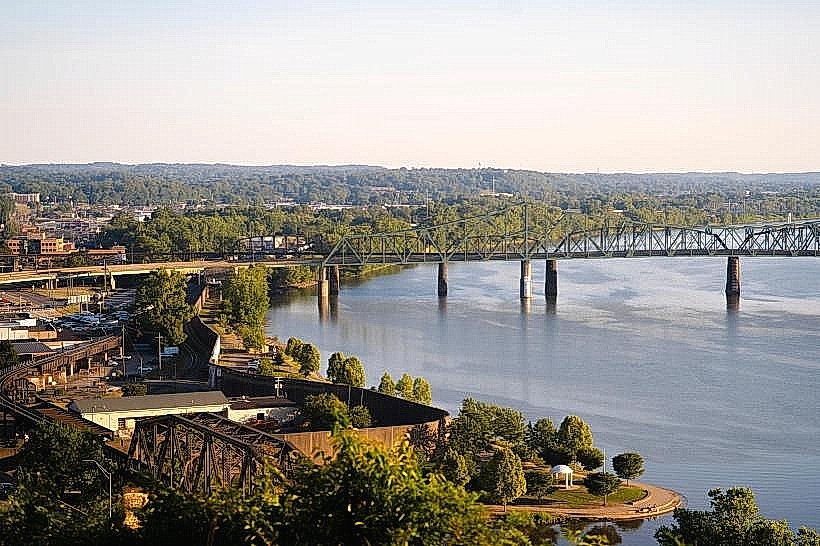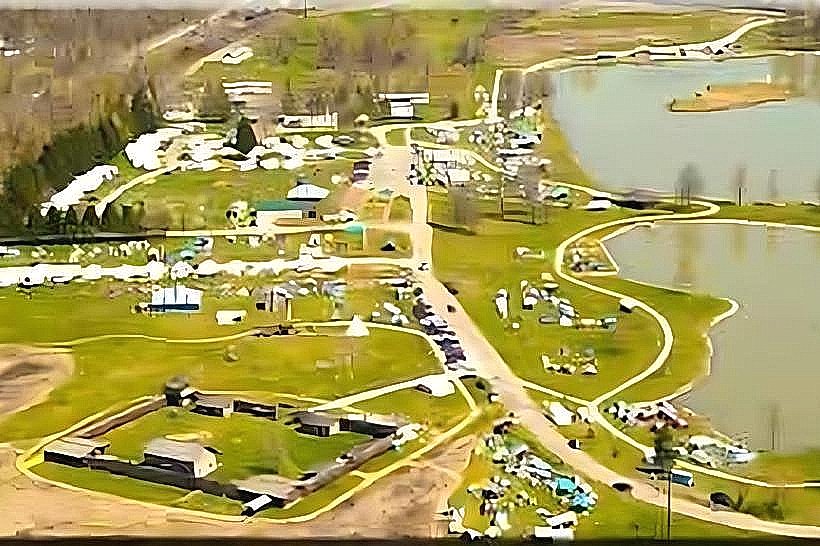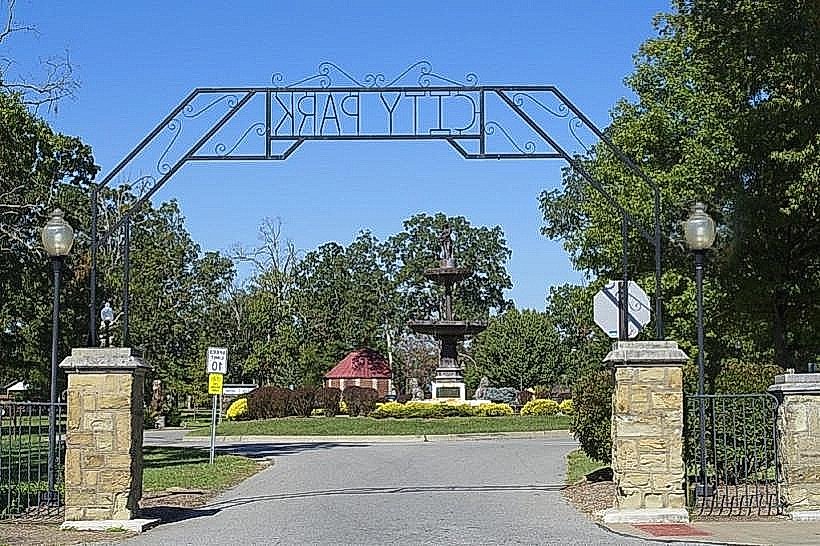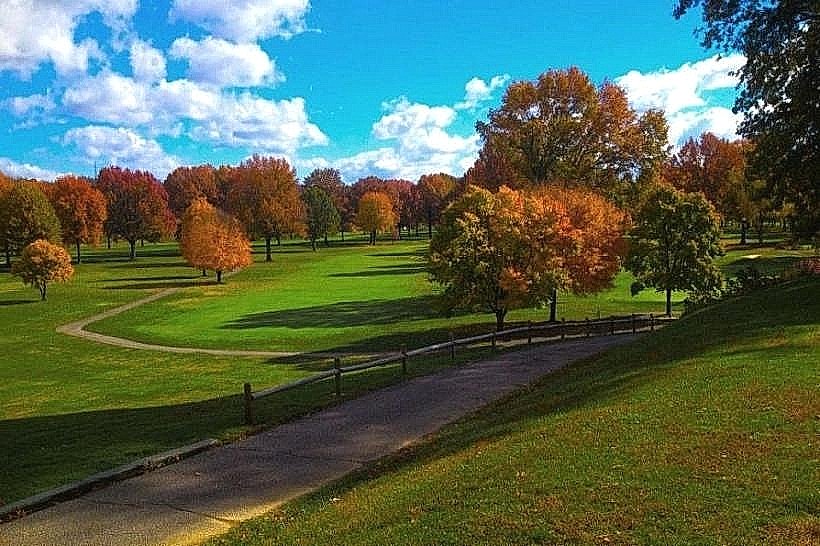Information
City: ParkersburgCountry: USA West Virginia
Continent: North America
Parkersburg, USA West Virginia, North America
Overview
Parkersburg rests on a wide bend of the Ohio River in western West Virginia, its streets steeped in the history of one of the state’s oldest cities, equally important parkersburg, with its broad riverfront, stately Victorian homes, and the leafy island parks scattered just beyond the shore, holds the quiet pride of an industrial town that once shaped West Virginia’s early character.Here, the river smells faintly of wet stone, its scent mixing with distant steamboat calls and the gentle pulse of slight-town life, likewise parkersburg sits where the Ohio meets the Little Kanawha River, roughly 80 miles north of Charleston, with Belpre, Ohio just across the water.Downtown hugs the river, then lifts slowly toward the hills, where quiet streets rest beneath the shade of sprawling oaks and silver-flecked sycamores, to boot bridges stretch across both rivers, linking Parkersburg’s heritage downtown to the Ohio shore and to Blennerhassett Island, where white sycamores line the water’s edge.Perched where the river bends, the city once bustled as a key port and rail hub, tying Appalachian mills to the busy trade routes of the Ohio Valley, in conjunction with today, the river still shapes the location’s mood-broad and unhurried, with barges moored in the shade, fishing boats rocking gently, and trails that wind along its quiet banks.Parkersburg traces its roots to 1785, when Captain Alexander Parker, a Revolutionary War veteran, built his home on a bend of the Little Kanawha River, not only that the town officially took shape in 1820, spreading from the banks near Blennerhassett’s Island-a storied spot wrapped in the early intrigues of America.It seems, In the early 1800s, Harman Blennerhassett, an Irish aristocrat, owned the island, and he found himself drawn into Aaron Burr’s risky expedition-a chain of events that sparked one of America’s earliest political scandals, after that by the mid-1800s, Parkersburg had grown into a bustling transport hub, its fresh Northwestern Virginia Railroad linking the Ohio River to the Baltimore & Ohio line, where the clang of iron wheels echoed through town.During the Civil War, the city bustled as a Union hub for supplies and logistics, its warehouses stacked high with crates bound for the front, in turn after the war, its economy boomed on oil and natural gas, fueled by the nearby Burning Springs field-one of the first oil sites in the United States, where the air carried a faint tang of crude.In the late 1800s and early 1900s, Parkersburg grew into a manufacturing powerhouse, turning out glass that caught the light, sturdy steel, and pungent chemicals, as a result in its historic districts, you’ll find ornate Victorian homes, their carved wood trim catching the afternoon light, built during that era of prosperity.Today, Parkersburg still anchors the region, humming with factories, busy hospitals, and steady government offices, in conjunction with heavy industry may have faded, but legacy names like DuPont-now Chemours-still pump life into the local economy, much like the steady hum of a factory floor.Curiously, Over the past few decades, healthcare and education have taken the lead, anchored by places like Camden Clark Medical Center and West Virginia University at Parkersburg, where the smell of fresh textbooks still lingers in fresh classrooms, equally important sitting where Interstate 77 cuts through and major highways meet, the city lies close to Ohio and the Appalachian interior, giving this slight spot an outsized role as a commercial hub.Just beyond the edge of town, the Mid-Ohio Valley Regional Airport links locals to bigger cities, with planes lifting off over the rolling fields, in addition the city’s industrial backbone now shares space with petite businesses, local artisans, and a rising wave of heritage tourism, from handmade pottery in shop windows to guided tours of timeworn brick mills.In Parkersburg’s historic districts, brick storefronts and ancient streetlamps tell the story of one of West Virginia’s best-preserved cities, consequently strolling through its ancient neighborhoods, you catch the faint scent of wood smoke and feel as though you’ve wandered straight into the 1890s.Julia-Ann Square Historic District is probably the most well-known spot in town, lined with towering Victorian and Queen Anne houses once built by wealthy oil barons and sharp-suited businessmen, alternatively gabled roofs rise above the lane, stained glass catches the morning light, and wraparound porches pull the houses close to the street.Most of the homes were built between 1875 and 1915, and today they’re still cared for with evident pride-a porch rail gleaming with fresh white paint, at the same time downtown Parkersburg has turn-of-the-century brick buildings, antique hotels, and theaters, many now transformed into cozy offices or little storefronts with faded signs.Finished in 1899, the Wood County Courthouse rises over the heart of the city, its ornate stone tower catching the afternoon light and its Romanesque Revival design commanding attention, furthermore you can only reach Blennerhassett Island State Park by a gradual, churning sternwheeler, and once ashore, you’ll find a rebuilt 18th‑century mansion that mirrors the original estate, complete with guides in period dress, the clip‑clop of horse‑drawn carriages, and gardens that whisper of frontier elegance.From what I can see, With its landmarks, Parkersburg draws history lovers traveling through the Mid-Ohio Valley, from ancient brick facades to stories etched in stone, as well as though it grew from industrial roots, Parkersburg still feels like a friendly hometown, where neighbors wave from their porches on summer evenings.Life downtown drifts along easily, with antique shops, corner diners, and a market where the scent of fresh apples lingers, all wrapping the venue in a warm, nostalgic charm, after that the city moves with the river’s pace-soft mist drapes the Ohio at dawn, then by afternoon, neighbors fill the parks and gather at the waterfront amphitheater for summer shows.It seems, One standout is the Smoot Theatre, a lovingly restored 1926 vaudeville gem where you might catch a symphony, a lively play, or even a neighborhood talent night under its warm stage lights, therefore the Oil and Gas Museum sits downtown, telling the story of the region’s pivotal role in America’s early energy boom, from the scent of crude oil to the clang of drilling rigs.The Blennerhassett Museum of Regional History displays artifacts from the island estate, along with pieces that bring local pioneer life to vivid detail-a worn leather saddle, a rusted lantern, as well as the Downtown Farmers Market is a lively seasonal spot where local growers and artisans offer jars of golden honey, handmade crafts, and warm, fresh-baked treats.The Parkersburg Homecoming and Taste of Parkersburg pack the calendar with lively parades, sizzling food stalls, and music that pours into the streets, all showing off the city’s warm community spirit, at the same time for a town its size, Parkersburg packs in more green space than you’d expect-quiet parks where you can hear the wind in the trees.Point Park sits at the heart of the riverfront, a green plaza where the Ohio and Little Kanawha converge in a shimmer of moving water, likewise people love strolling there in the evening, watching boats slip by as the far-off hills soften into the blue haze of twilight.Perched high on a bluff, Fort Boreman Park protects the timeworn Civil War earthworks and opens up sweeping views of the river valley, where the water glows gold in the evening light, besides families gravitate to City Park, where tall trees sway above duck ponds, the playground hums with laughter, and wide lawns invite picnics.Just outside the city, Mountwood Park and North Bend State Park offer trails for hiking, winding paths for mountain biking, and quiet spots to pitch a tent under the pines, in addition every corner of Parkersburg has its own flavor, and downtown’s is easy to spot-narrow streets lined with classical brick storefronts, government offices, and the courthouse square at its heart.Julia-Ann Square is an elegant neighborhood, famous for its grand timeworn mansions and quiet streets shaded by tall oaks, in turn south Parkersburg feels more suburban, lined with postwar homes and a strip of shops where the smell of fresh coffee drifts from a corner café.The North End is a peaceful, family-friendly spot, with tree-shaded parks and a couple of neighborhood schools tucked along its streets, equally important locals take pride in their community’s authenticity, with roots running deep-like the worn oak door that’s been in the same family for three generations.Life moves at an easy pace, yet there’s a quiet hum beneath it, like the faint rustle of leaves in warm afternoon air.
Author: Tourist Landmarks
Date: 2025-10-29
Landmarks in parkersburg

